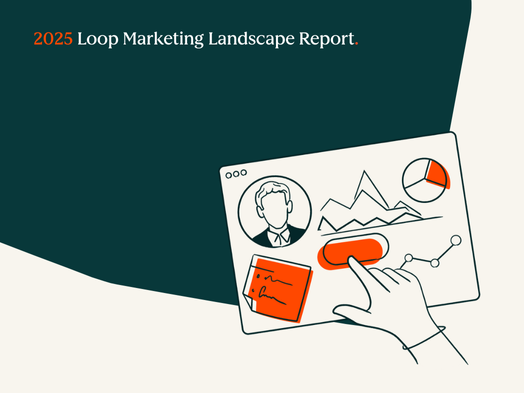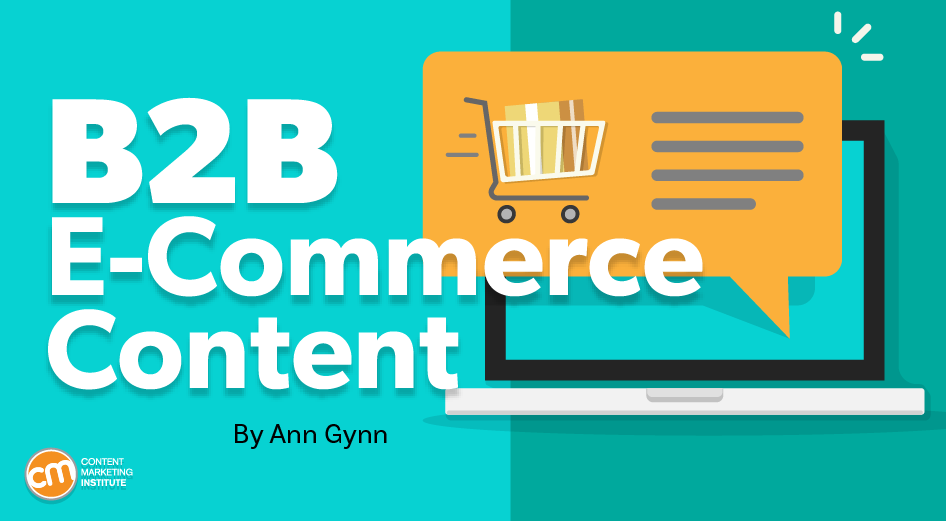The pandemic didn’t just change the B2B buying game; it flipped the whole table.
That’s how Susan Gonzalez, director of marketing at the wholesale e-commerce platform RepSpark, describes the 2020s revolution in B2B e-commerce.
“It forced businesses to go digital almost overnight. And now, buyers who had to make that switch aren’t looking back,” she says.
Joe Cicman, a principal analyst at Forrester, has the evidence.
In 2019, Forrester expected B2B e-commerce in the United States to reach $1.8 trillion by 2023. But by the end of 2021, it had already hit $1.7 trillion, as Joe and Jitender Miglani noted in the 2022 forecast. They predict that number will reach $3 trillion by 2027.
It isn’t just sales that are going online. In 2020, Gartner projected that 80% of B2B sales interactions between suppliers and buyers will happen in digital channels by 2025.
While it escalated the need for B2B e-commerce, the pandemic also accelerated the acceptance of online purchases by B2B brands.
One-third of B2B buyers say they want a seller-free sales experience, according to Gartner research.
“B2B buyers are expecting the same seamless, self-service experience they get as consumers. They don’t want endless calls and back-and-forth emails anymore. They want quick, efficient, and digital. Platforms like Amazon Business and Alibaba set the standard, and the rest of the industry is racing to catch up,” Susan says.
Plan content for the entire digital sales experience
But unlike many B2C purchases, B2B purchases involve more than the actual buying transaction, says Belinda Conde, head of marketing at Datos, a Semrush company.
“B2B e-commerce is about the pre-, during-, and post-buying experience. It’s also about community-building and how people interact with and perceive the brand,” she says.
Yet, many brands don’t offer that 360 experience, says Jason Wingate, CEO of Emerald Ocean, a manufacturer, distributor, and holding company for various brands.
“Most buyers are overloaded with generic, poorly written emails and uninformed sales pitches, leaving them jaded and defensive,” he says. “Taking the time to adapt your approach to these changes presents a major opportunity to drive growth in B2B e-commerce.”
A B2B e-commerce marketing program requires extending the role of content beyond top-of-funnel activities. Content is the cornerstone to setting your brand apart from your competitors by building trust and guiding the buyer’s decision, Jason says.
To do that, Semrush’s Belinda Conde advises marketers to think about their content from the perspective of someone who would buy the product without contacting the company. What forms, educational content, product marketing materials, self-serve enablement pieces, etc., would be required?
Knowing those answers requires deep audience research and an expert knowledge of your clients. Belinda shares these questions for which marketers must know the answers:
- What are the customers’ pain points throughout the funnel?
- Which parts of the website are causing the most drop-offs?
- Does your product need better UX/UI features throughout the onboarding process?
- How do you ensure that customers remain informed and understand your product’s potential throughout their life cycle?
- Are there clear and timely opportunities for upselling/cross-selling?
RepSpark’s Susan Gonzalez suggests adopting a broader view — treating e-commerce programs as an ecosystem in which content plays a vital role, but not the only one. “Think self-serve portals, personalized quotes, live inventory, automated workflows. It’s about removing obstacles so businesses can focus on what they do best. It’s not just about moving products; it’s about making business itself move faster,” she says.
In the content realm, that means detailed guides, no-fluff case studies, and helpful research that position your brand as an “expert they can’t live without,” Susan says.
Design content as a buyer’s guide
Anna Stella, founder of BBSA Marketing, suggests shaping your content for every stage of the customer journey. Think about what answers customers might need so they won’t have to search. You’ll improve their knowledge and create a more enjoyable shopping experience.
Think of your content as a buyer’s guide. Address the key questions, such as product suitability, technical specifications, and compatibility with existing solutions. “Well-crafted content enables customers to make quicker and more informed decisions, benefiting both customers and providers,” Anna says.
Well-planned B2B e-commerce content also leads to fewer product complaints and returns. Anna explains, “Providing clear details can help reduce misunderstandings. Comprehensive instructions also assist customers in using products correctly, minimizing complaints and reducing inquiries to customer service.”
Vukasin Ilic, co-founder of Linkter, says marketers should create dynamic content that adapts to a visitor’s profile, such as sector-specific guides or role-specific case studies.
And don’t forget post-transaction content. “Content doesn’t stop after the sale,” Vukasin says. “Post-purchase content, like support materials, user guides, and thought leadership articles, helps nurture long-term relationships, increasing the chance of upselling or customer retention.”
But you don’t need to guess what will work. Unlike offline sales, e-commerce activity generates lots of data.
“Every interaction in e-commerce gives you insights — what your buyers are searching for, what their pain points are, where they drop off,” Susan Gonzalez says. “Use that data to tailor your content, speak directly to their problems, and offer solutions they didn’t even know they needed.”
HANDPICKED RELATED CONTENT:
Cover image by Joseph Kalinowski/Content Marketing Institute










